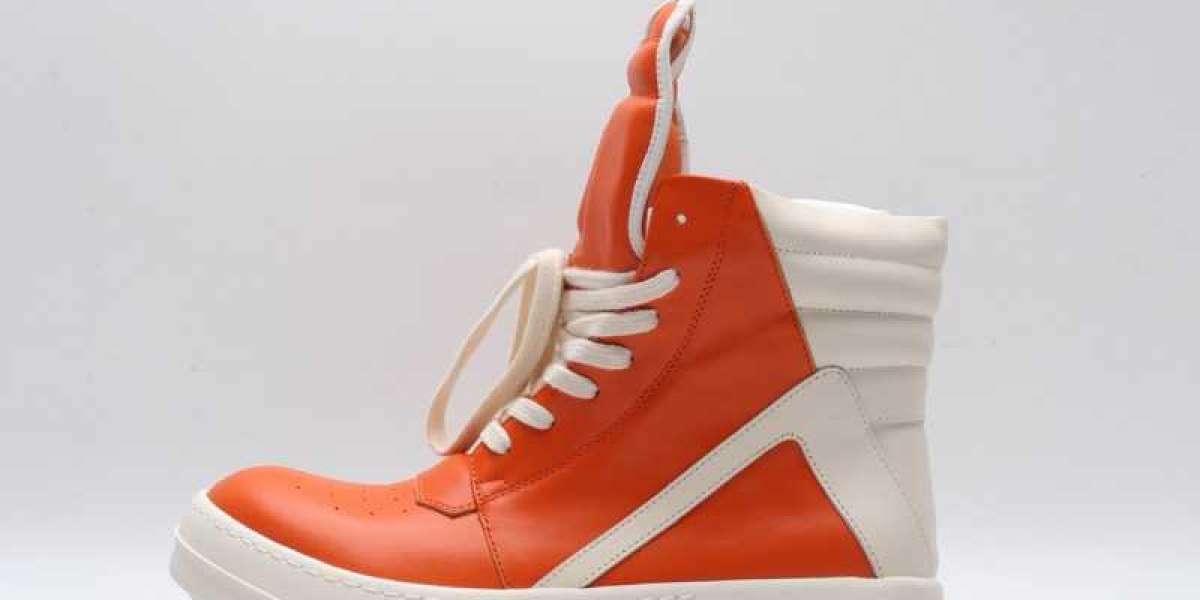Unlock the Secrets to Sourcing the Perfect Thin Felt for Your Creative Projects!
Thin felt is an incredibly versatile material that has found its way into countless creative projects, from crafting to home décor. Its soft texture, ease of use, and wide range of colors make it a favorite among hobbyists and professionals alike. Whether you're creating intricate embellishments for scrapbooking, designing unique fashion accessories, or even crafting educational tools for children, sourcing the right type of thin felt is crucial. The benefits of selecting the appropriate felt go beyond aesthetics; they can impact the durability and overall success of your project. In this article, we'll explore the various properties of thin felt, how to choose the right type for your needs, where to find it, and tips for working effectively with this fantastic material.
Understanding Thin Felt: Properties and Types
Thin felt is typically made from wool, synthetic fibers, or a blend of both, giving it unique properties that can vary significantly. The texture of thin felt can range from soft and plush to more rigid and structured, depending on its composition and manufacturing process. Thickness is another important factor; thin felt is usually less than 3mm thick, making it lightweight and easy to manipulate. Durability also varies, with some types being more suitable for wearables, while others excel in decorative applications. Common types of thin felt include wool blend felt, which has a luxurious feel and is often used in fashion; polyester felt, known for its vibrant colors and affordability, perfect for children's crafts; and eco-felt, made from recycled materials, appealing to environmentally conscious crafters. Each type has its specific uses, and understanding these distinctions is key to making the right choice for your projects.
Identifying the Right Thin Felt for Your Project
Selecting the appropriate thin felt for your project involves considering several factors, including color, weight, and finish. Color is often the first consideration, as it sets the tone for your project. Think about whether you want bold, vibrant colors or softer, muted tones. Weight is equally important; heavier felt can lend itself to sturdier projects, while lighter felt is ideal for delicate applications. The finish of the felt can also impact how it behaves in your project—some finishes are smooth and easy to cut, while others may have a more textured surface that provides extra grip. As my friend Jess learned while making custom keychains, choosing the right weight of felt can make all the difference; she initially picked a heavier felt, which made her keychains bulky and difficult to handle. After switching to a lighter version, she found it much easier to cut and sew, resulting in a more polished final product. Taking the time to evaluate these factors will ensure your thin felt meets your project's requirements.
Where to Source Thin Felt
When it comes to sourcing thin felt, there are several options available to crafters. Local craft stores are a great place to start; they often have a variety of colors and types of felt available, allowing you to feel the material before purchasing. However, inventory can be limited, and prices may vary. Online marketplaces offer a broader selection, often at competitive prices, but you may not have the opportunity to touch or see the colors in person before you buy. Specialty fabric shops can be an excellent resource as well, especially for high-quality or unique felt types that may not be found elsewhere. These shops often have knowledgeable staff who can provide guidance on the best options for your projects. Each option comes with its advantages and disadvantages, so consider your project needs, timeline, and budget when deciding where to purchase your thin felt.
Tips for Working with Thin Felt
Working with thin felt can be a rewarding experience, but it does come with its own set of challenges. Here are some practical tips to help you get the most out of this versatile material. First, when cutting thin felt, use sharp scissors or a craft knife for clean edges, and consider using a cutting mat to protect your surfaces. For gluing, fabric glue is often the best choice; it bonds well without causing the felt to warp or lose its shape. If you plan to sew with thin felt, use a needle with a smaller eye to avoid damaging the fibers and opt for a thread that matches the material's weight. My friend Tom, who has made numerous felt crafts, swears by hand-stitching for more intricate designs, as it allows for greater precision and control. Lastly, remember to experiment! Thin felt can be layered, embroidered, and even painted, so don't hesitate to explore different techniques to achieve the desired effect in your projects.
Maximize Your Creative Potential with Thin Felt
In conclusion, sourcing the right thin felt for your creative projects is essential for achieving the best results. From understanding its properties to identifying the right type for your specific needs, every decision impacts the outcome of your work. With various sources available for purchasing thin felt and practical tips for working with it, you're well-equipped to unleash your creativity. Whether you're a seasoned crafter or just starting, take the time to explore your options and enjoy the journey of bringing your artistic visions to life with thin felt!







